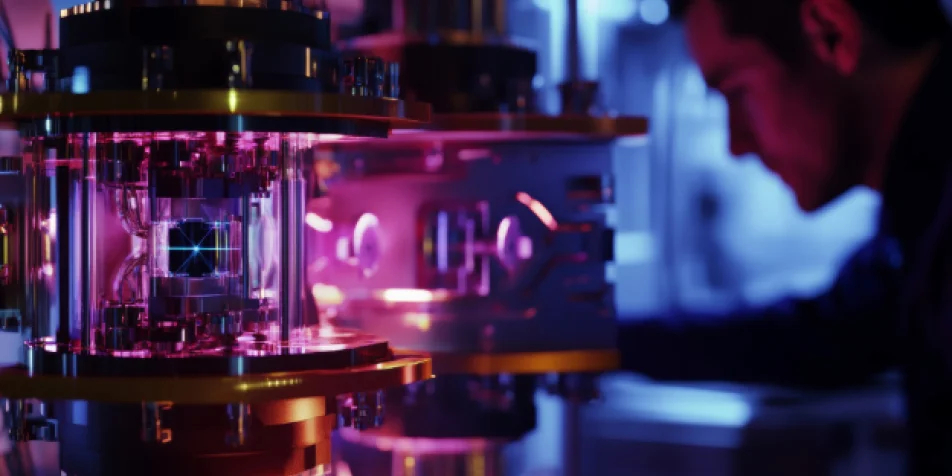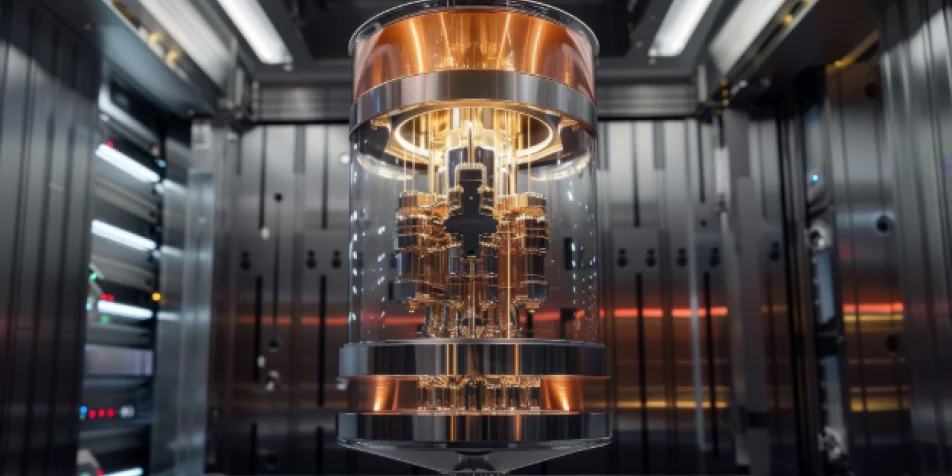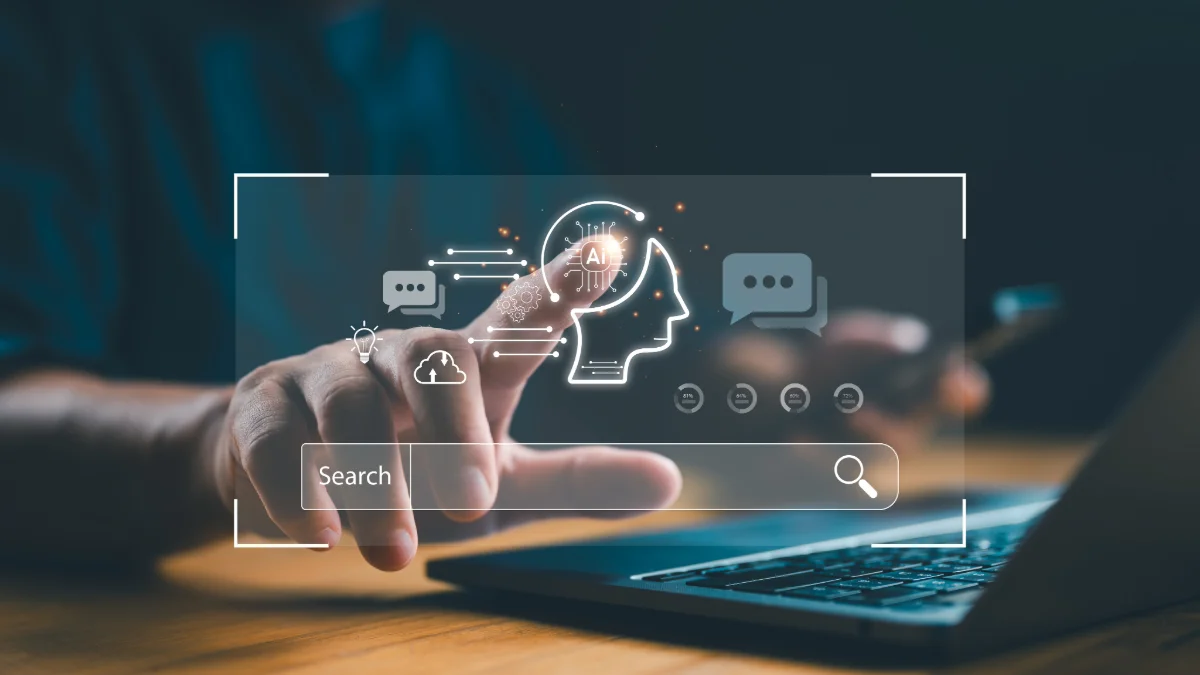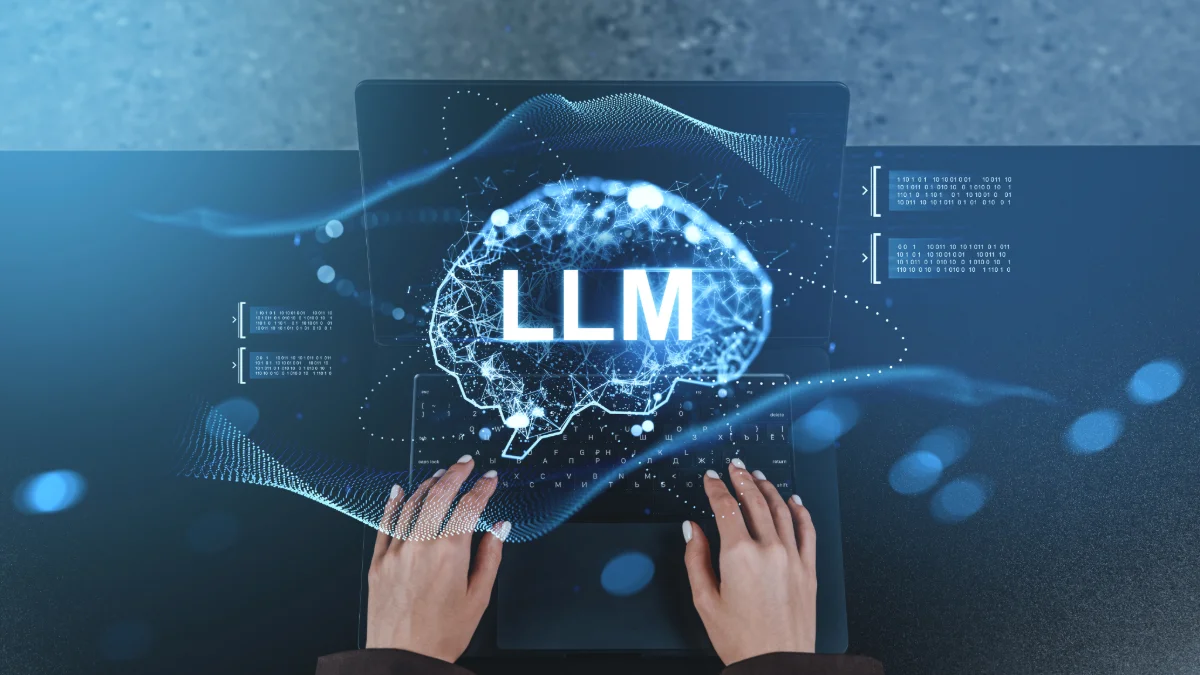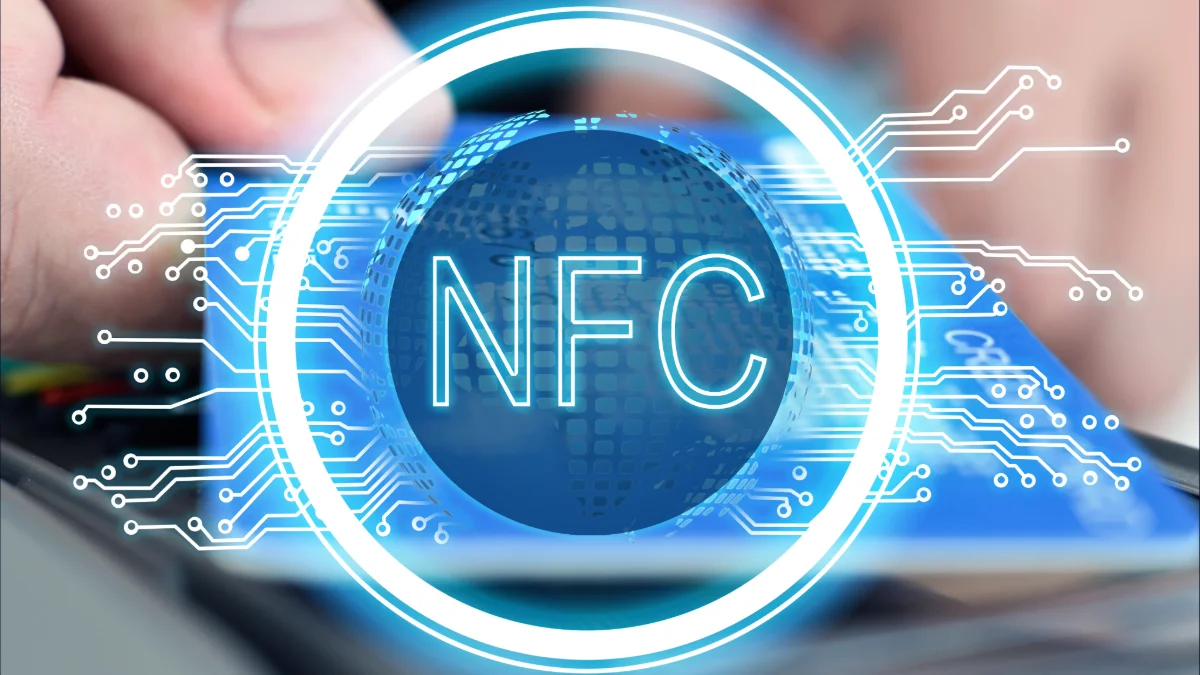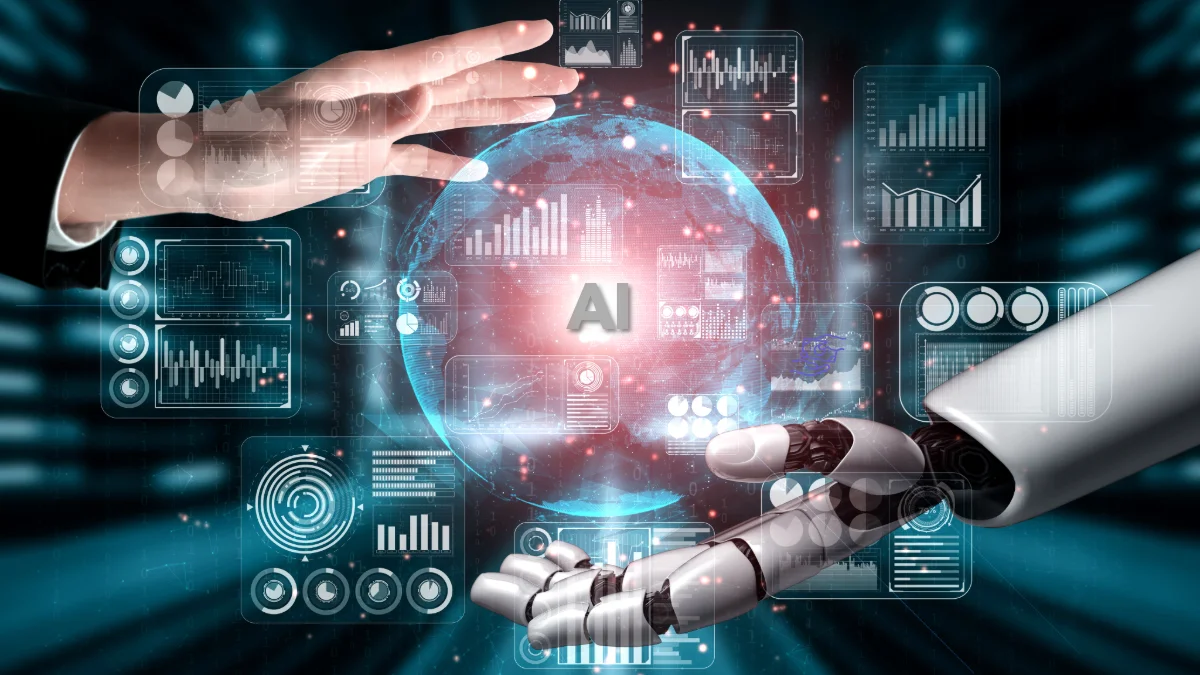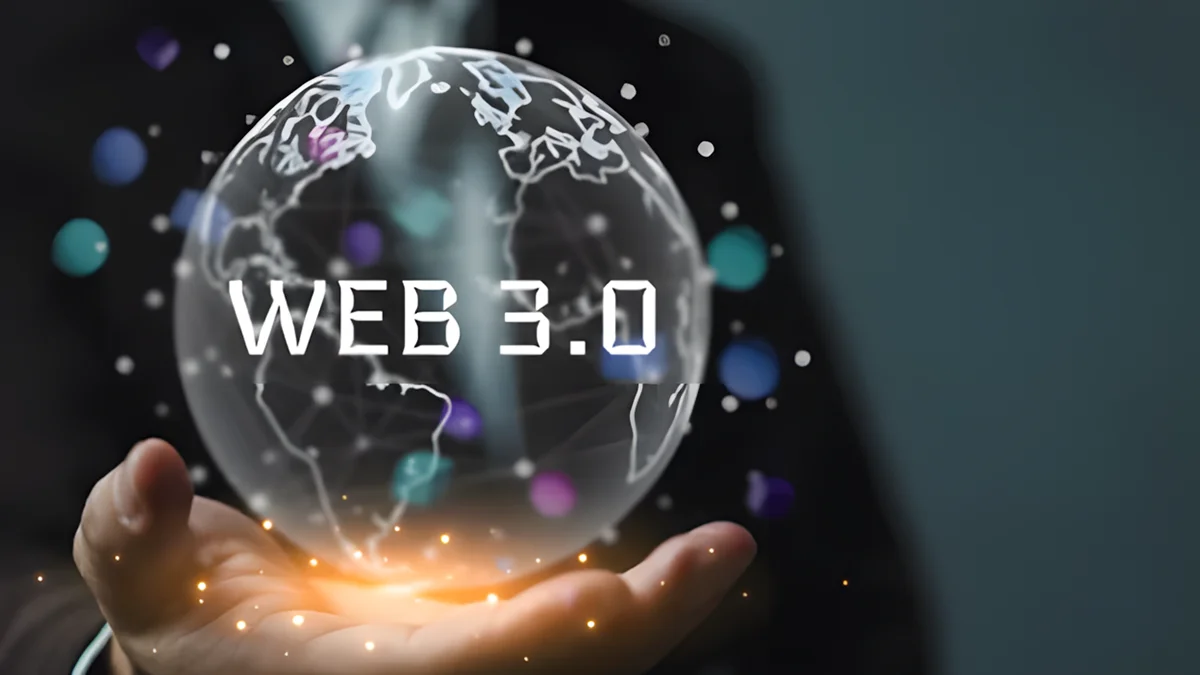1.
What is a Qubit?
The term quantum bit, abbreviated as qubit, refers to a coded information system used in quantum computing. Known as the quantum equivalent of a classical bit, a qubit is created by manipulating the smallest known building blocks of the physical universe, such as photons, electrons, trapped ions, superconducting circuits, and neutral atoms. Furthermore, unlike classical bits which are limited to states of either 0 or 1, qubits can exist in both states simultaneously. This phenomenon, known as quantum superposition, forms the foundation of quantum computing. Thanks to phenomena like quantum entanglement, qubits enable simultaneous and interconnected data processing that goes beyond traditional computing methods. Therefore, it’s no surprise that quantum computers deliver incredible speed and efficiency even when handling complex problems. In short, the functionality of qubits is rooted in the uncertainty principle of quantum mechanics, making them a revolutionary element in modern technology.
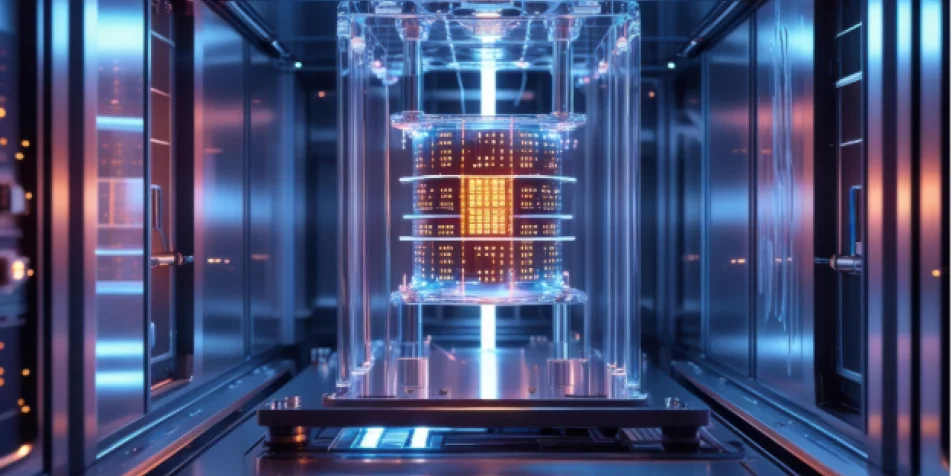
2.
For Better Understanding: What Are Quantum Superposition and Entanglement?
To gain a clearer understanding of the what is a qubit question answered above, it helps to explore quantum principles more closely. Quantum theory, as we know, is a fundamental concept in physics that studies the behavior of atoms and subatomic particles. Quantum mechanics is used to describe the energy, motion, and interactions of these particles at a microscopic scale and is fundamentally based on uncertainty and probability, unlike classical physics. Numerous experiments have been conducted to eliminate these uncertainties, leading to the discovery of various principles that help define the framework of the quantum realm.
In classical computing, a bit can only represent either a 0 or a 1. However, thanks to the principle of quantum superposition, a qubit can hold both values at the same time. While this may sound complex, think of it like a coin spinning in the air—while spinning, it’s both heads and tails at once. There’s even a world-famous experiment that illustrates quantum superposition: Schrödinger’s Cat. In this thought experiment, a cat is placed in a sealed box along with a radioactive atom and a lethal mechanism. If the atom decays, the mechanism activates and the cat dies; if it doesn’t, the cat lives. Since the contents of the box can’t be observed from the outside, the cat is considered both alive and dead until the box is opened. Similarly, a qubit remains in a state of both 0 and 1 until it is observed. This characteristic allows quantum computers to evaluate multiple possibilities at once—for example, testing hundreds of encryption combinations simultaneously.
Quantum entanglement describes a condition in which particles created together remain interconnected regardless of distance, time, or space. This connection is established by entangling two particles, enabling a measurement on one to instantly determine the state of the other. What’s fascinating is that this interaction happens faster than the speed of light. Therefore, the instantaneous data exchange between entangled particles holds the potential to revolutionize communication and security by making data transmission significantly faster and more secure. In light of this, technologies like quantum encryption that leverage the unique features of entanglement are poised to shape the digital infrastructure of the future.
Impact on Cloud Systems
Quantum superposition and entanglement could trigger a massive leap in cloud technologies. Unlike traditional cloud systems that process and store data sequentially, quantum computers can process multiple data sets simultaneously thanks to superposition and establish ultra-fast, secure communications via entanglement. As you might expect, this advantage will significantly empower cloud systems in areas like complex data analytics, optimization problems, and cybersecurity. With superposition enabling more data to be processed at once, and entanglement ensuring that data is more securely transmitted than ever, quantum computing could redefine the future of cloud computing.
3.
The Relationship Between Quantum Computers and Qubits
Based on the insights covered in this article on what is a quantum qubit, it is clear that quantum computers operate very differently from their classical counterparts. By using qubits to represent multiple states simultaneously, quantum computers operate through quantum mechanics principles such as superposition and entanglement. This unique behavior allows quantum computers to solve complex problems with remarkable speed and accuracy. It is evident that quantum computers have the potential to transform numerous fields—from big data analysis and pharmaceutical discovery to cybersecurity and artificial intelligence. To summarize, qubits are the foundational building blocks of quantum computers and turn these systems into innovations that surpass the boundaries of modern technology.
Meanwhile, you might also be interested in our article titled What is a Quantum Computer and What Does It Do?.
4.
Physical Applications and Use Cases of Qubits
- Superconducting Circuits: Known as the next generation of electric circuits, superconducting circuits are among the most commonly used qubit technologies in quantum computing. In these circuits, electrical current circulates continuously in a superconducting loop, generating quantum superposition and entanglement. Many global tech giants are developing quantum computers based on these systems, which are praised for their fast processing capabilities and relative scalability. However, they require cryogenic systems as they operate only at temperatures close to absolute zero.
- Trapped Ion Qubits: Another physical implementation of qubits involves ions that are confined and stabilized by electric fields and controlled via laser beams. These qubits are highly valued in quantum computing due to their low error rates. Commonly used in academic research, this technology allows the manipulation of multiple qubits simultaneously. The main drawbacks are its slower processing speed and more limited scalability compared to superconducting circuits.
- Quantum Dots: Designed at the nanoscale, these structures trap electrons at quantum levels and act as qubits. The greatest advantage of this technology is its ease of integration into electronic devices. Despite complex manufacturing processes and precision requirements, quantum dots are frequently used in quantum optics and quantum communication.
- Photon Qubits: Photons—particles of light—are the most widely used type of qubit in quantum communication. Because photon-based qubits can be transmitted almost losslessly through fiber optic cables or open space, they are ideal for long-distance data transfer. Photons play a central role in areas like quantum internet and quantum encryption. However, they require advanced technologies for manipulation and storage.
- Neutral Atoms: Arranged using specialized lasers, neutral atoms can be integrated into quantum systems and enable the construction of large-scale quantum architectures. Neutral atom qubits are promising in terms of both processing speed and accuracy. However, it’s important to note that they also require precise control and sophisticated laser systems.
In addition to learning what a qubit is, we recommend exploring our article The Innovations Web 3.0 Brings to Business Models to gain more in-depth insights into this topic.


